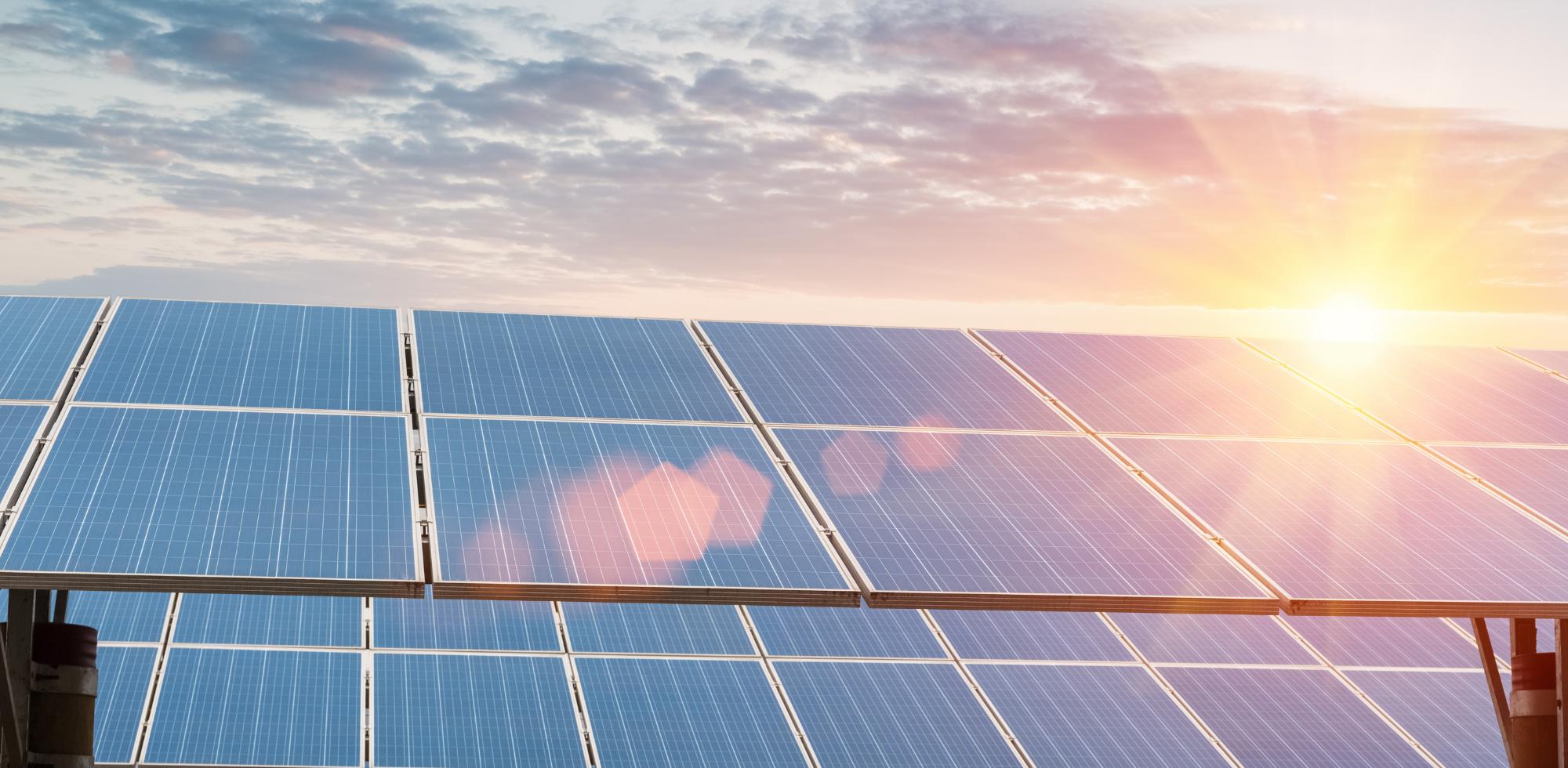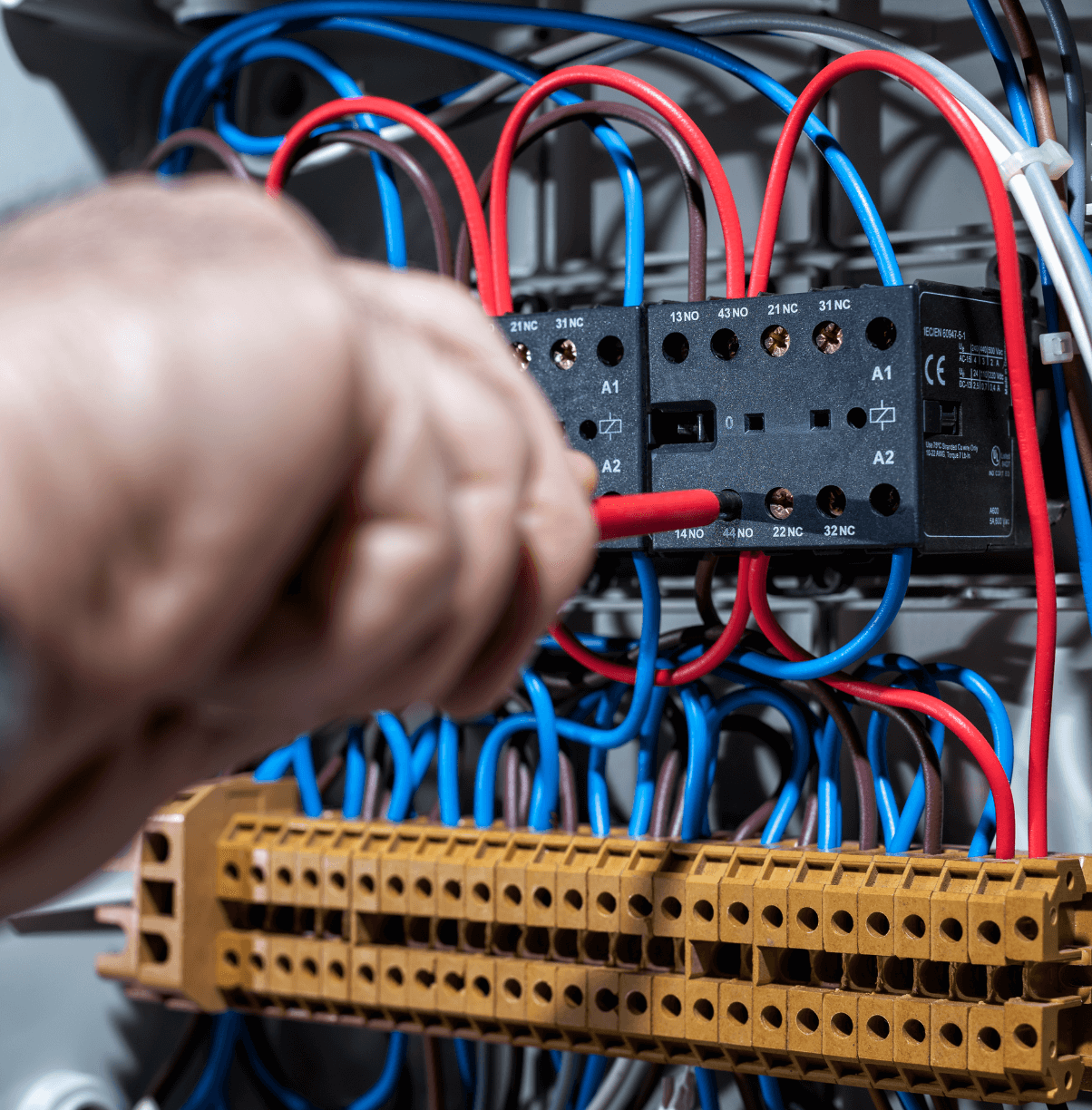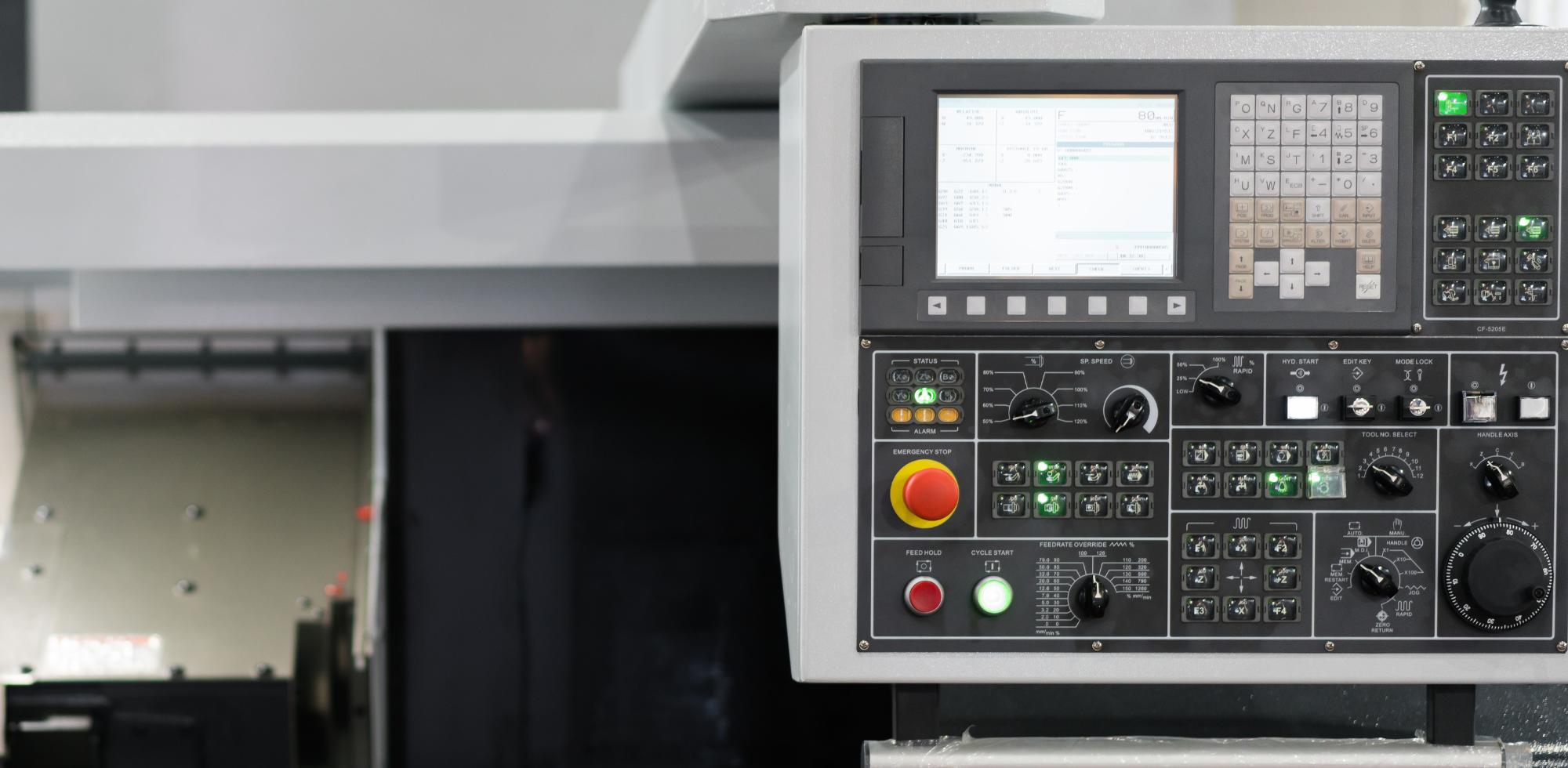The first step in putting a solar power plant in place is gathering information about the investor's facility's needs and capabilities. Following that, the design documentation for the solar power plant construction takes about a month.
Following the design, HEP approval is required to confirm that the planned construction of the solar power plant is by the facility's rules and capabilities. Finally, we install and commission your solar power plant in the facility.
The entire process of acquiring and installing a solar power plant takes three to four months.
Facility owner obligations for the installation of a solar power plant:
The investor must be the owner or co-owner of the facility where the solar power plant will be implemented to design and install his solar power plant. The owner's name must appear on the electricity bill.
Requirements for the installation of a solar power plant for the facility:
The choice of solar power plant depends on the size of the rooftop, the type of electrical connection, and the amount of needed electricity.
Solar power plants with stronger photovoltaic modules (that produce larger amounts of electricity) are also larger. Therefore, the size and lifespan of the building's rooftop have a role in choosing the strength and number of solar panels that can be installed in the facility.
The placement of solar power plants on rooftops
Of course, installing solar power plants on outdated rooftops represents possible costs in the future. Namely, the installation of solar power plants on an old rooftop creates a risk of damage and rupture of the solar panels.
Solar power plants work optimally on flat rooftops, and ones made out of sheet metal and tiles. The amount of electricity collected largely depends on where the solar power plant is placed on the rooftop. Solar power plants are always installed on the south side of the building to ensure optimal collection of sunlight.
This results in a larger amount of collected electrical energy since the sun is stronger on the south side. While solar power plants are never placed on the north side of the building’s rooftop due to the very small amount of sunlight.
Types of electrical connections
The type of connection related to solar power plants that the facility can have is single-phase or three-phase electrical connections. The building owner must keep in mind that the single-phase connection has a limitation related to the power of the solar power plant inverter. While the three-phase connection is suitable for solar power plants with higher-power inverters (at the same time, it stores larger amounts of electricity).
Before designing the solar power plant, the investor must submit a request for the connection to the power grid with information on the type of electrical connection.
Project documentation for solar power plants
Before applying for approval to HEP, the owner must have a ready project plan for the solar power plant.
The project documentation consists of a detailed production plan and specifications of the solar power plants. Furthermore, the specifications of the desired solar power plant, calculations and cost plans for electrical energy, calculations regarding saving money and reducing harmful effects on the environment by using renewable energy sources, etc.
In addition, the following are submitted in the project documentation:
- Valid documentation of the legality of the object
- Proof of ownership or co-ownership
- A copy of a valid identity card of the owner or co-owner
- Average consumption of the facility in kWh for the last 12 months
- Certificate of the identity of cadastral parcels
- If necessary, the conservator's approval
- Type and strength of the object's electrical connection
- Sketch and floor plan of the building's rooftop
- Several photos of the building and the rooftop
Project development can take up to 30 days.
After the project documentation is ready, it is sent to HEP for approval. HEP must grant permission for the installation of the solar power plant and its commissioning.
Installation and connection of the solar power plant
As already mentioned, the owners of the facility are obliged to submit project documentation for solar power plants to HEP with a request to check the possibility of connecting a household with its production. With the fact that copies are used to submit the documentation to HEP, while the original documentation remains with the investor.
HEP sends a response no later than 15 days after receiving the request. HEP sends documents that contain a notification about the possibility of connecting to the network of households with their production, an offer for equipping the billing metering point of households with their production, and a contract on the use of the network.
Only after receiving the response from HEP, the installation of a solar power plant on the rooftop of the building is allowed. The owner of the building submits a request to change the facility status to the household with its production and pays HEP for a metering point at after installing the solar power plant.
After payment, HEP replaces the electric meter and delivers a permit for the permanent operation of the solar power plant.
Co-financing for the installation of a solar power plant
In Croatia, numerous co-financing options are available for the implementation of solar power plants intended for family homes by state and local institutions.
The Fund for Environmental Protection and Energy Efficiency in Croatia has openly invited local and regional self-governments to co-finance photovoltaic power plants for the production of electricity for self-consumption, in stand-alone or grid operation.
It takes a couple of minutes for you to calculate the expense of your solar project. Try it out here.



